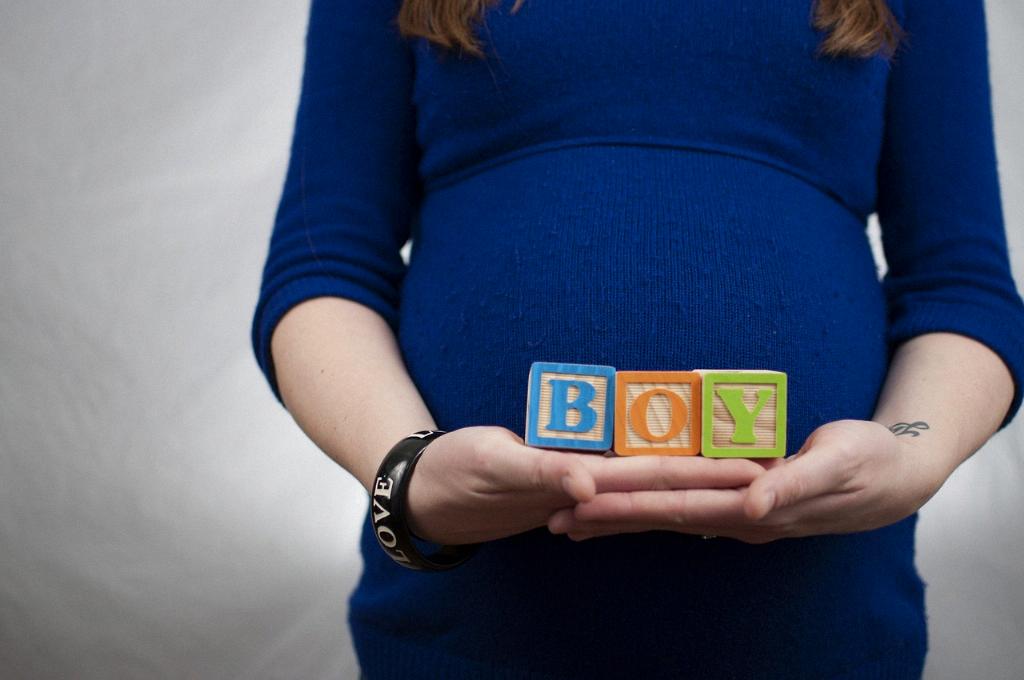Bringing a newborn into the world is a miraculous event, but sometimes, it happens earlier than expected. Premature birth, also known as preterm birth, occurs when a baby is born before 37 weeks of gestation. This can pose various challenges for both the infant and the parents. It is crucial to understand the potential causes and factors that contribute to premature birth in order to better prevent and manage this delicate situation.
Multiple Pregnancies
One of the significant factors that can lead to premature birth is having a multiple pregnancy, such as twins or triplets. Carrying more than one baby puts extra strain on the mother’s body and increases the likelihood of early labor.
Maternal Infections
Infections during pregnancy, such as urinary tract infections, bacterial vaginosis, and sexually transmitted infections, can also play a role in triggering premature birth. These infections can cause inflammation and lead to complications that result in early labor.
Chronic Health Conditions
Women with pre-existing conditions like diabetes, high blood pressure, and autoimmune disorders are at a higher risk of delivering prematurely. These chronic health issues can affect the development of the fetus and increase the chances of early birth.
Unidentified Causes
Interestingly, in many cases of premature birth, no specific cause can be pinpointed. Even with advanced medical technology, there are instances where healthcare providers are unable to determine why early labor occurs.
Genetic Influences
Genetics may also play a role in premature birth. Certain genetic factors can influence how a woman’s body responds to pregnancy and childbirth, affecting the timing of labor.
Environmental Factors
Exposure to environmental risks, such as air pollution, secondhand smoke, and certain chemicals, can increase the likelihood of premature birth. It’s essential for expectant mothers to be mindful of their surroundings to ensure a healthy pregnancy.
Stress and Lifestyle Choices
High levels of stress, poor nutrition, smoking, and substance abuse are all factors that can contribute to premature birth. Maintaining a healthy lifestyle and managing stress effectively are crucial for a successful pregnancy.
Uterine and Cervical Issues
Structural problems with the uterus or cervix can also lead to premature birth. Conditions such as cervical insufficiency and uterine abnormalities can trigger early labor and delivery.
Fetal Development Problems
In some cases, fetal developmental issues, such as growth restrictions or birth defects, can result in premature birth. Monitoring the baby’s growth and development throughout pregnancy is essential for identifying and addressing potential concerns.
Previous Preterm Births
Women who have previously delivered prematurely are at a higher risk of experiencing it again in subsequent pregnancies. Close monitoring and early interventions may be necessary to prevent another premature birth.
Medical Interventions
Sometimes, medical interventions such as induction of labor or cesarean section may be necessary for the health and safety of the mother and baby. These interventions can contribute to premature birth in certain situations.
Conclusion
In conclusion, premature birth can be caused by a variety of factors, ranging from maternal health conditions to environmental influences and genetic predispositions. Understanding these potential causes is essential for healthcare providers and expectant mothers to work together to promote healthy pregnancies and reduce the risk of preterm delivery.

